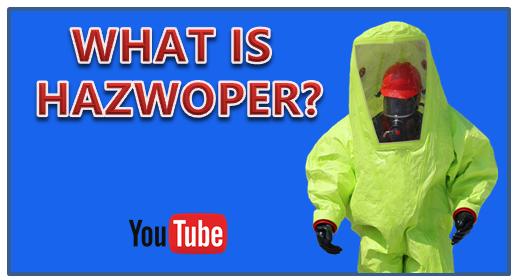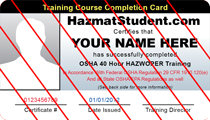| Hot Spot | Heat Illness Prevention |
This summer has already brought extreme heat to many parts of the country. For those who work outdoors, increased danger comes with higher temperatures. Each year, thousands of workers get sick and dozens of workers die from occupational heat exposure.
There are many precautions that workers can take to help prevent heat-related illnesses:
- Work in the shade.
- Take frequent short breaks in cool shade.
- Wear light-colored, loose-fitting, breathable clothing, such as cotton.
- Drink small amounts of water frequently.
- Avoid caffeine, alcohol and large amounts of sugar.
- Eat smaller meals before work activity.
- Understand that respirators, work suits, or other PPE or equipment can increase your heat stress.
- Ask your doctor about how your medications may react with the heat.

Heat illness prevention is critical, but workers also must learn about the symptoms of heat illness and be prepared to act quickly when needed. Below is a chart with OSHA-provided guidance for helping workers in need before professional medical help is available.*
|
Symptoms |
First Aid* |
|
| Heat Stroke
(Medical emergency) |
|
While waiting for help:
|
| Heat Exhaustion |
|
|
| Heat Cramps |
|
|
| Heat Rash |
|
|
By using preventative measures and learning about heat illness symptoms and first aid, workers can be better prepared for the summer heat hazards. For additional information, see OSHA’s Heat Illness Campaign page. We also offer 100% Online Heat Illness Prevention Training for Employees or Supervisors through our website.
Source: https://www.osha.gov/SLTC/heatstress/heat_illnesses.html



